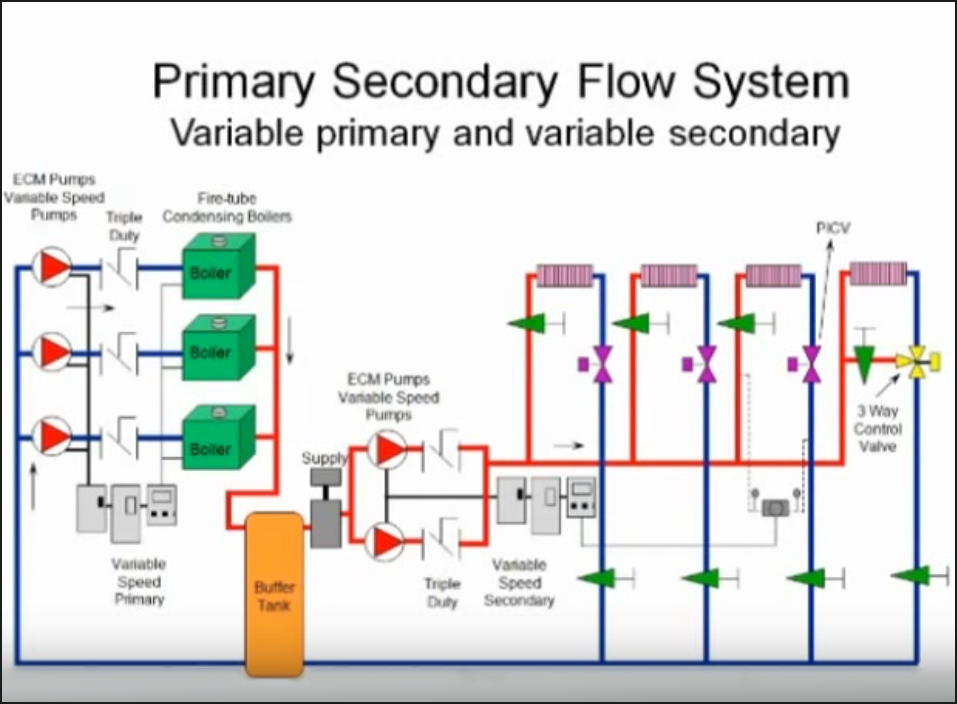Understanding Primary Secondary Pumping Part 4: “What happens when...?”
/By Chris Edmondson
Now that we know what happens when we vary flows and mix temperatures in a primary secondary pumping system, let’s explore these theories in some more realistic scenarios.
As discussed in a previous blogs, when it comes to primary secondary systems, one of three flow patterns is always in occurrence:
Read More

